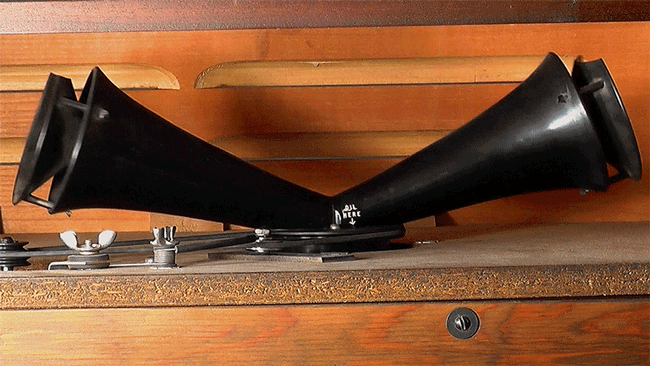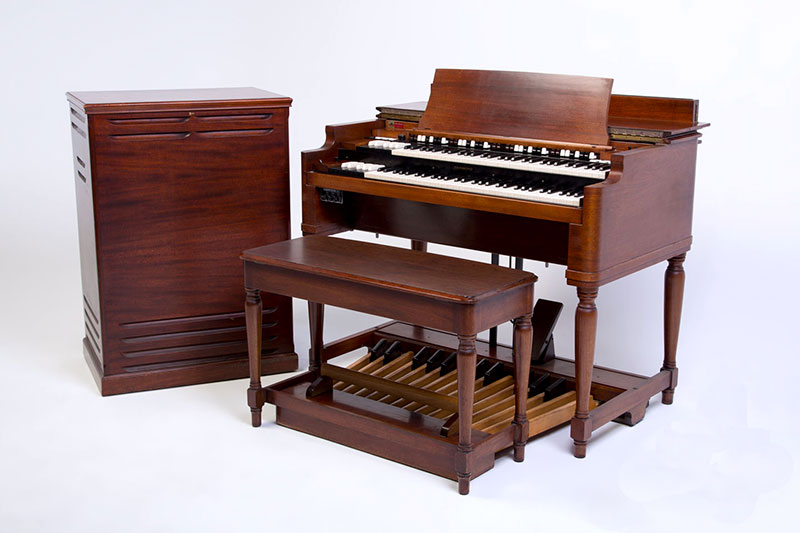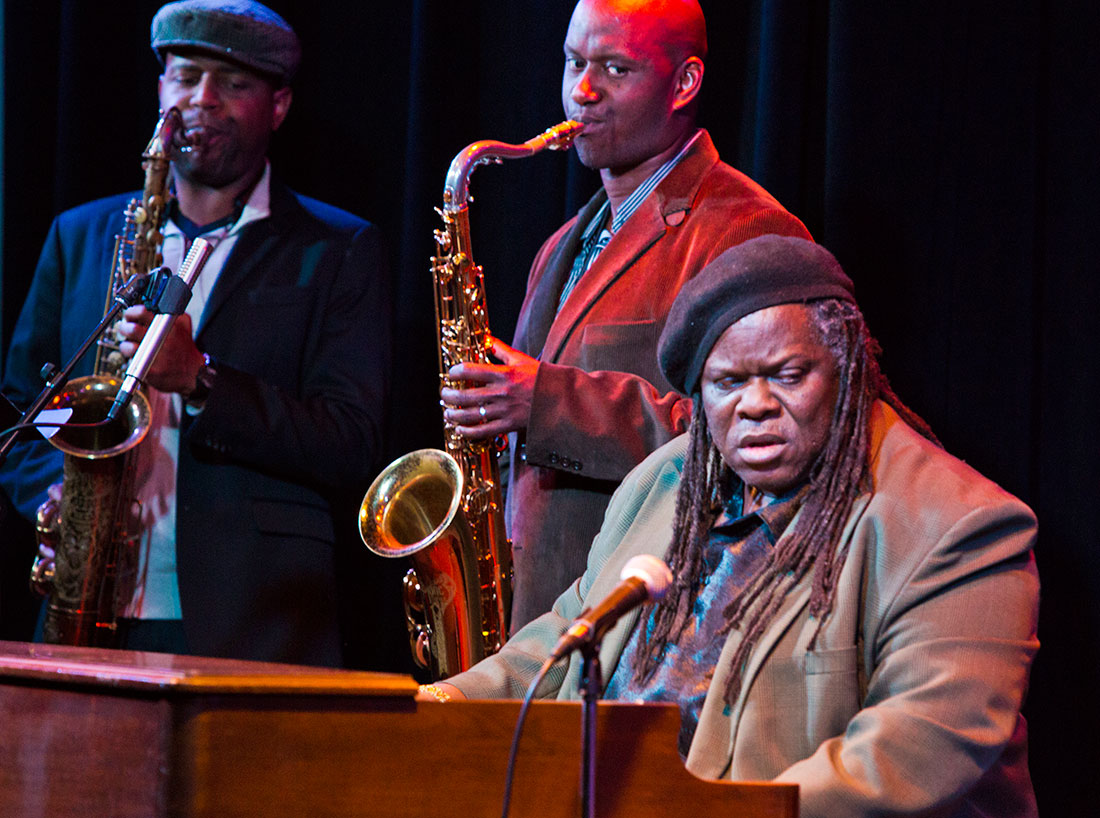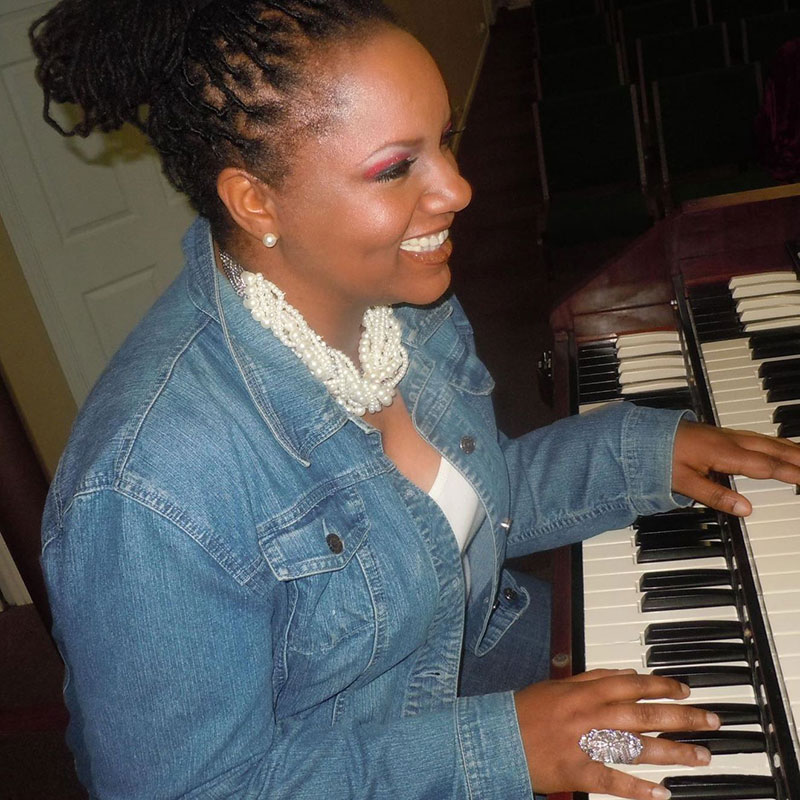Considering that the Hammond Organ Company built the last B-3 organ some four decades ago, the unwieldy-but-sweet-sounding instrument is enjoying something of a moment in the Bay Area’s jazz scene.
Popularized by Jimmy Smith shortly after Hammond introduced the powerful model in the mid-1950s, the B-3 traffics in soul — especially when coupled with its famous counterpart, the Leslie speaker, which wheels two speaker horns on a fast-spinning axis for a moving sound. Bringing the sanctified cadences of the African American church into neighborhood bars and nightspots, the organ quickly transferred the sounds of Sunday morning worship to Saturday night celebration.
After a decade-long reign as the populist bridge between the worlds of jazz, gospel, blues, and R&B, the B-3 organ quickly fell out of style in the late 1960s, and Hammond closed for business in 1975. The Bay Area was never considered a B-3 hotbed like Philly or New York, but the region now boasts at least seven rooms with permanent resident B-3s, including Oakland’s Penrose, as well as San Francisco’s Royal Cuckoo, Club Deluxe, the Boom Boom Room, Madrone Art Bar, and Jacks Cannery Bar. Even up in Petaluma at The Big Easy, there’s a B-3 always on the stage.
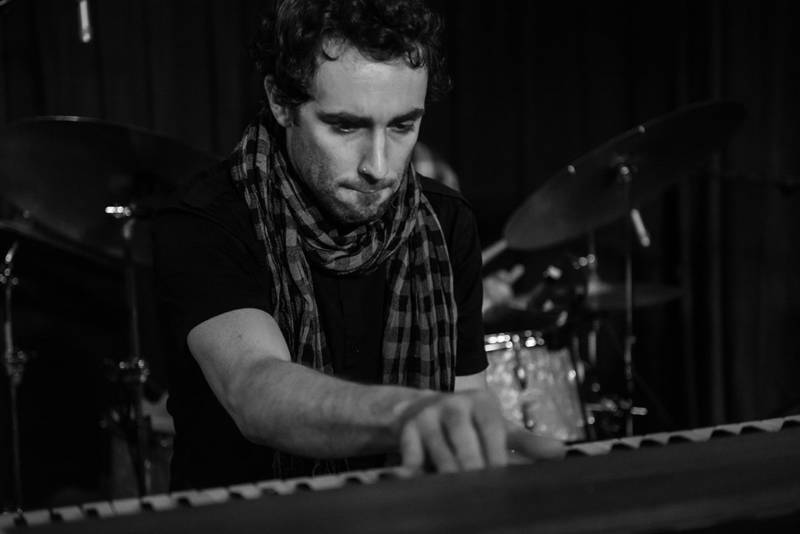
“I feel like there are more places here with B-3s in clubs than anywhere, maybe even New York,” says Wil Blades, by far the most visible B-3 player in the region. Blades performs with his long-running duo partner, drummer Scott Amendola, in Amendola vs. Blades at the Ivy Room in Albany on Saturday, July 23. He brings his sinewy trio to the San Jose Jazz Summer Fest on Aug. 13-14, hits the Boom Boom Room with the Headhunters on Aug. 19-20, and opens for Wilco at the Fillmore with Amendola on Sept. 7.
Why does it matter whether or not a club owns a B-3? Weighing over 400 pounds, the instrument is a beast to move around. “As I get older, it makes all the difference when I can walk into a club and not have to lug a big piece of furniture,” says Blades, who was mentored by B-3 legend Dr. Lonnie Smith, one of the few surviving masters from the B-3’s golden age. Last month, Smith was named a 2017 NEA Jazz Master, making him only the second organist to earn the distinction (Jimmy Smith was the first, back in 2005).
